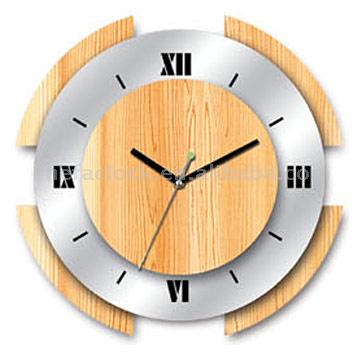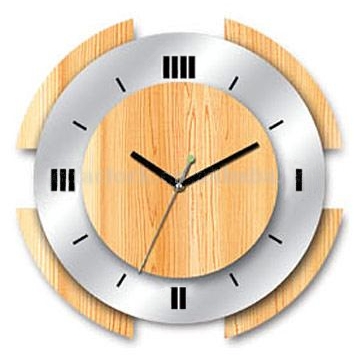Timekeeping.
One of the unique things about the Anglo-Saxons is the days of the week and how each day is divided. As the Anglo-Saxons became Christianized, the week evolved into the days of the week we know today. These are the Anglo-Saxon days of the week with the modern English equivalents;
Anglo Saxon Monendaeg Tiwesdaeg Wodnesdaeg Thunresdaeg Frigedaeg Sæterdaeg Sunandaeg | Modern English Monday Tuesday Wednesday Thursday Friday Saturday Sunday |
The Anglo-Saxon day starts at sunrise and ends at sunset. The night time obviously starts the other way round. However, while they may have kept to the seven day week, (if you include Religious observances,) there daytime is more different. The Anglo-Saxon day is divided into eight (8) periods, three (3) hours each period. This equates to the twenty four(24) hours a day as we do today. However, the Anglo-Saxons go through the day observing these periods, and not the individual hours and minutes as we do today. They have given names to these periods as shown below.
The first half of the day, (morning to us.) Period 1, midnight to 3 am Period 2, 3 am to 6 am Period 3, 6 am to 9 am Period 4, 9 am to 12 pm (noon) The second half of the day, (afternoon to us.) Period 5, 12 pm (noon) to 3 pm Period 6, 3 pm to 6 pm Period 7, 6 pm to 9 pm Period 8, 9 pm to 12 am (midnight) |
|
Now you might think that it's difficult to represent the Anglo Saxon eight period day on the modern clocks and watches today. Well you are wrong. Having looked at many clock and watch faces I believe that it could easily be done. If you look at the wall clock to the right, for example, you will see how the current style of clock face doesn't have all the numbers shown, only the main quarter hour indicators. On other clocks, they won't even show them. |  |
 | On the left, the clock face has been altered to represent telling the time the Anglo Saxon way. Although, in their time they used sun dials, so could only tell the time during the day when the sun was out and the day was not very cloudy. Isn't technology wonderful? With many modern time pieces not even showing any hourly designation on the face except perhaps a diamond or two bars together in the no. 12 position, it's assumed that the user knows how to tell the time, even without the hourly designations. This is because telling the time is so much a part of our training and daily routine. Well, telling the time the Anglo-Saxon way can be just as easy over a period of time, (no pun intended.) By knowing what the various aspects of the Anglo-Saxon day are, and practicing this on a daily basis, using Anglo-Saxon timekeeping can become second nature just as modern time telling is. Oh, and in case your wondering, the clock on the left is saying either; ten minutes past the first hour of undern (if in the morning.) or ten minutes past the first hour of niht (if in the afternoon.) |
Weeks, months, years, = Calend
Having set the days of the week, and how to tell the time each day for the modern Anglo-Saxon, we can now see how to represent the Anglo-Saxon year on a calendar. In fact it's not very difficult, because there are four (4) weeks in the month, twelve months in the year, every year. Although some months have specific meaning to the early Anglo-Saxons. The following are the months of the year in both Anglo-Saxon and modern English:
|
|
 | Now the designations for the Anglo-Saxon year have been set out, here's something for those who wish to follow the heathen religions of the Anglo-Saxon. The year is set out in a special way and to show you how, here is the Ash Wheel. For those who are wondering about calendars for the modern Christian Anglo-Saxon see the two examples below. |
The Anglo-Saxon Calendar for 2010 - Year View.
Below is the Anglo-Saxon Calendar for January 2011.
The two screen shots above are of calendars created from templates provided for OpenOffice.org, the free, open source, cross platform, integrated office system very much like Microsoft Office. I created these from such templates using the Beowulf1 font mentioned on the Language web page. But be careful, many of these templates are of American origin so you will have to change some of the special occasion dates to suit English/UK special events and dates, including some special Anglo-Saxon dates if you choose. And don't forget to change or delete any macros if you intend to use the templates on the computer, instead of printing them out.
The following websites might be helpful in showing you how to tell time the Anglo-Saxon way:
http://www.englatheod.org/calendar.htm